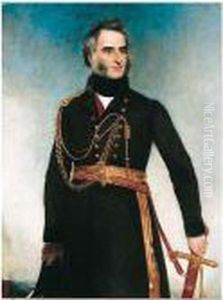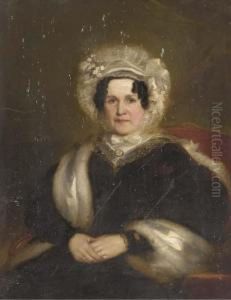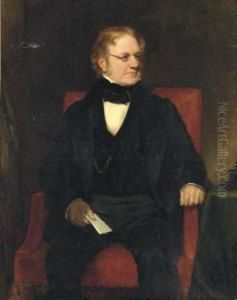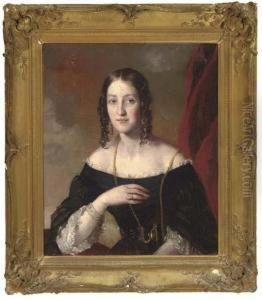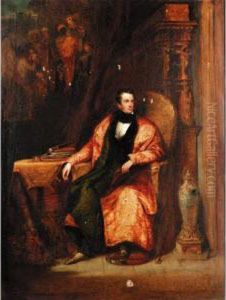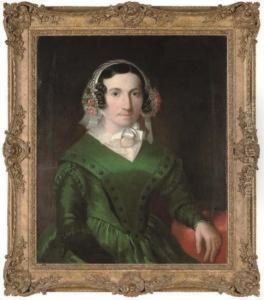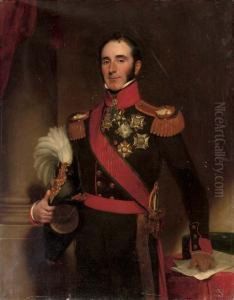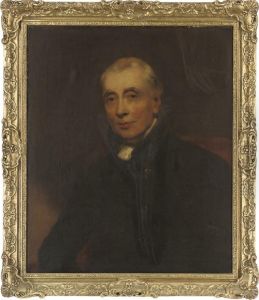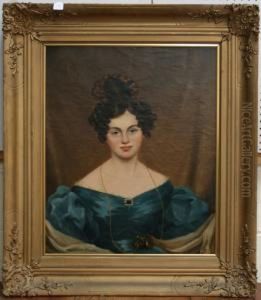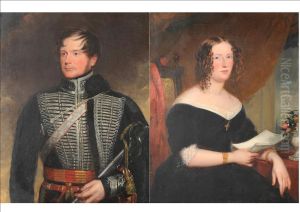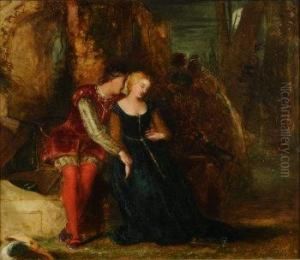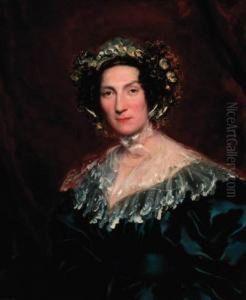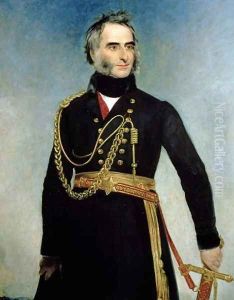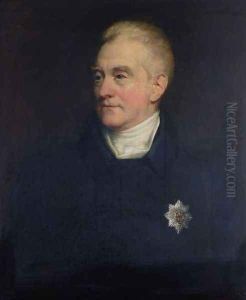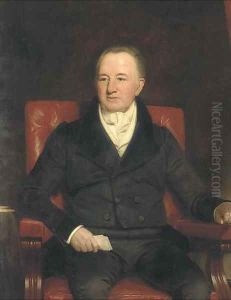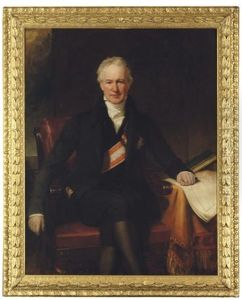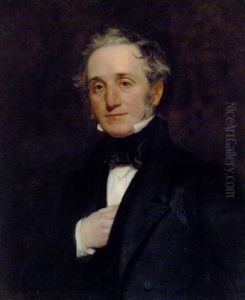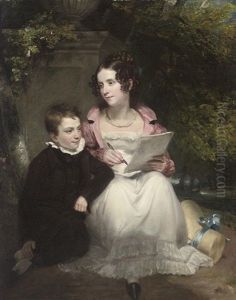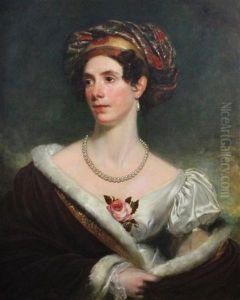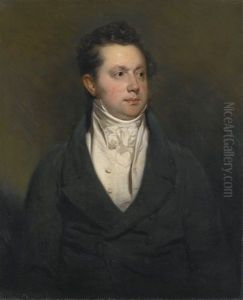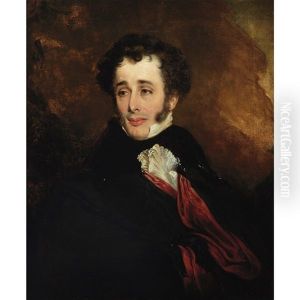Henry William Pickersgill Paintings
Henry William Pickersgill was a notable British portrait painter born on December 3, 1782, in London. He was initially apprenticed to the marine painter George Arnald before enrolling at the Royal Academy Schools in 1805, where he was influenced by the works of Sir Joshua Reynolds.
Pickersgill's career was marked by his adeptness in capturing the likeness and character of his subjects, which included literary figures, politicians, and royalty. His portraits were characterized by their careful detail, rich colors, and classical poses. He exhibited at the Royal Academy almost every year from 1806 until his death in 1875, showing over 400 works throughout his career.
In 1820, Pickersgill was elected as an Associate of the Royal Academy and later became a full Royal Academician in 1826, a significant mark of recognition in the British art world. Throughout the 1820s and 1830s, he received numerous commissions and his reputation as a portraitist grew. His works included portraits of famous individuals such as the Duke of Wellington and the poet William Wordsworth.
Besides his portraiture, Pickersgill also dabbled in historical and biblical subjects, although these were less well received than his portraits. His success as a portrait painter allowed him to maintain a studio in London's prestigious Langham Place.
Pickersgill's legacy is preserved through his works, many of which are held in the collections of major museums and institutions, such as the National Portrait Gallery in London. He passed away on April 21, 1875, leaving behind a rich body of work that contributes to the understanding of British portraiture during the 19th century.

